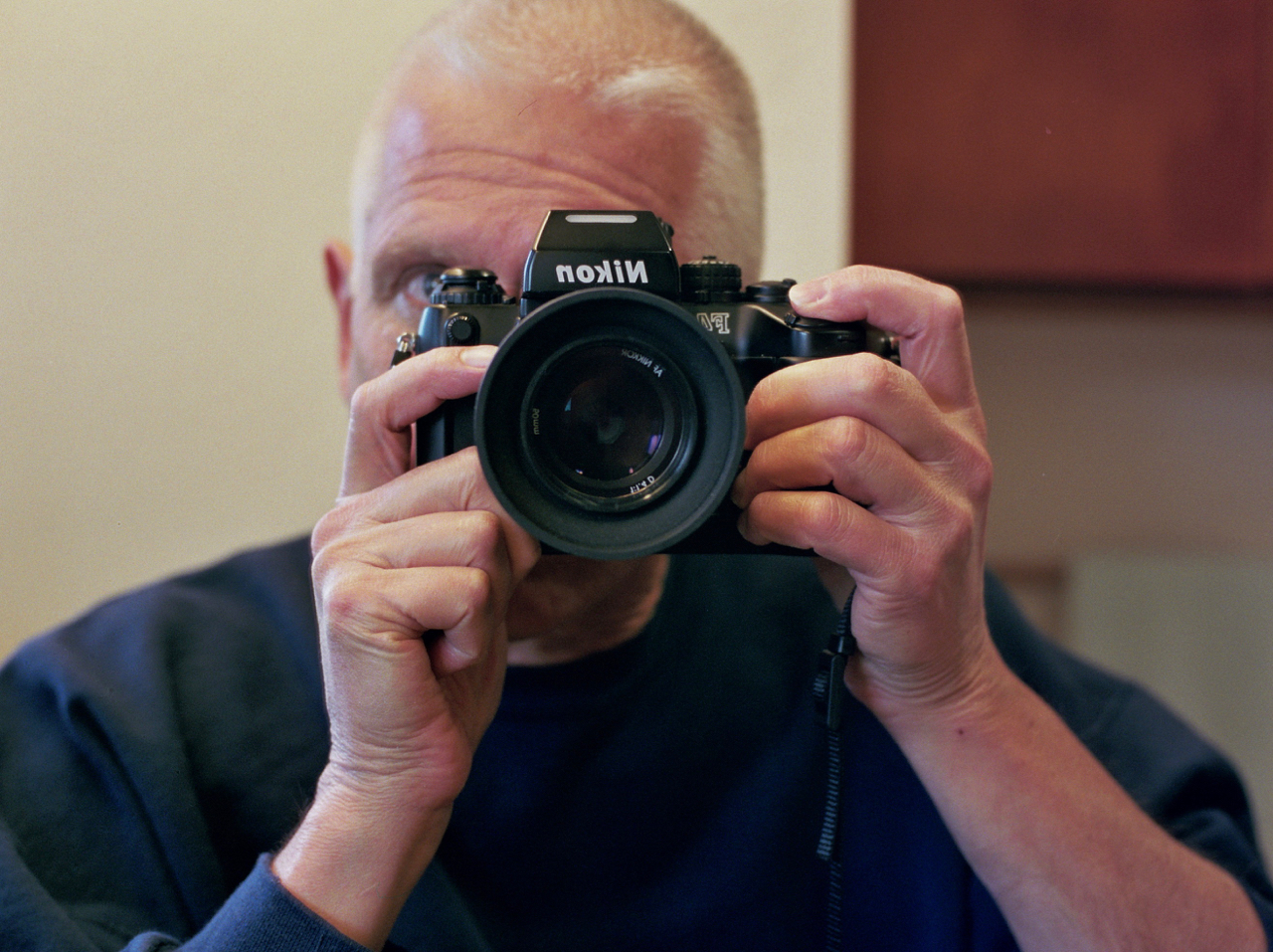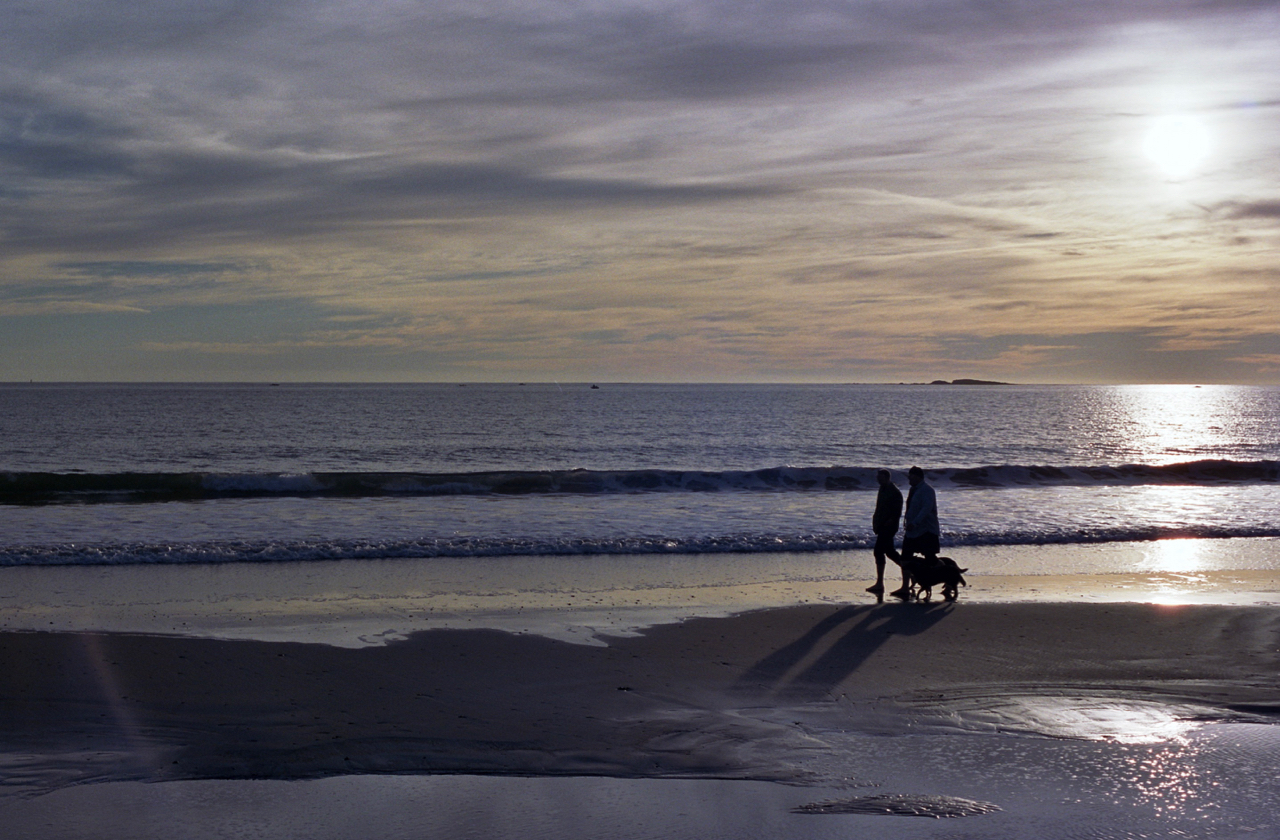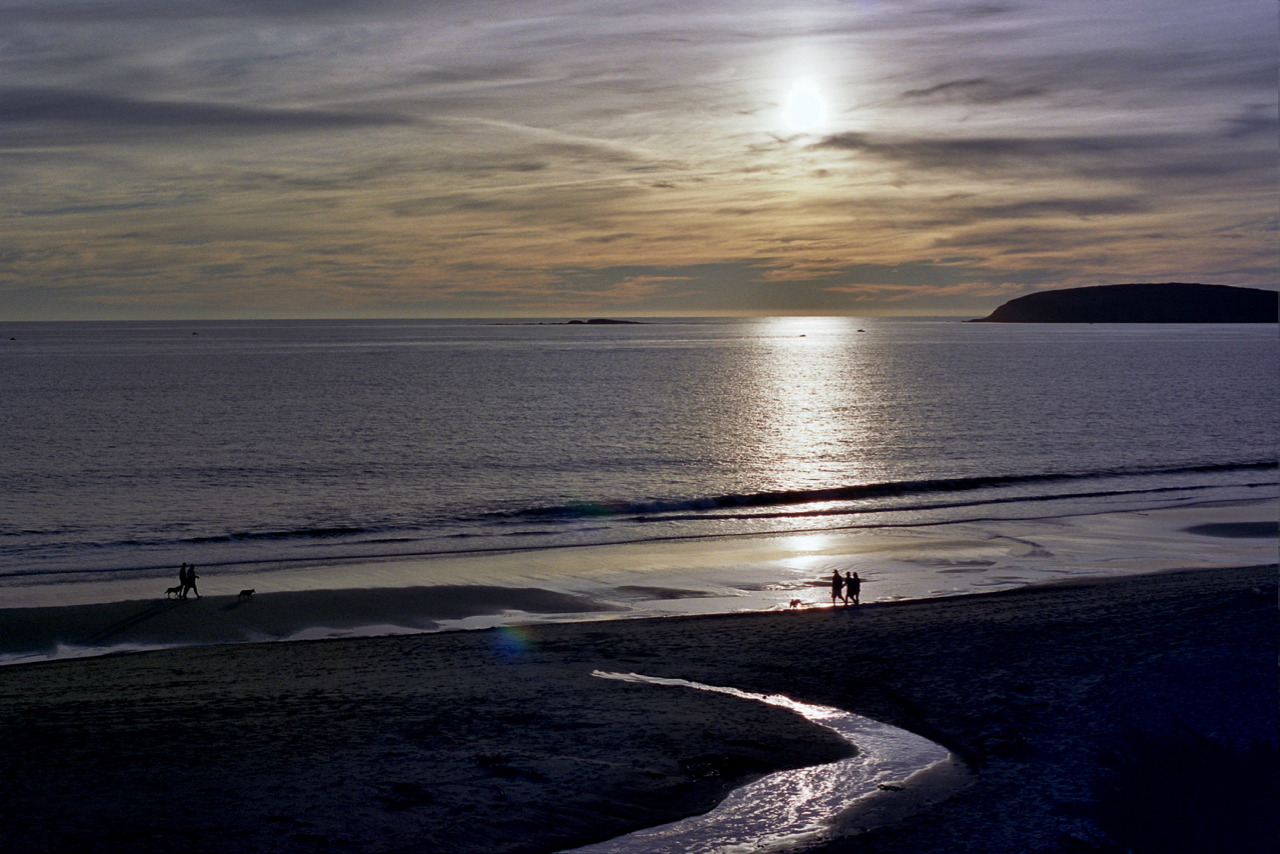The Nikon F4: Love At First Sight!
I wrote yesterday about my introduction to photography as a teenager in the 1970s. As life would have it, I'd take a break from my hobby for a while. A long while. Nearly 20 years. It would be the early 1990s before the photo bug bit me again. By this time, I was a young father raising a family in the suburbs of Phoenix, Arizona.
I had a decent job and a tiny bit of disposable income, so I started researching 35mm SLRs. I was always a big fan of Nikon, having spent countless teenage hours drooling over the F2 in the pages of Popular and Modern Photography magazine, so I decided that I was finally going to own my first Nikon camera. Online shopping didn't exist at this time, so I did it the old fashioned way -- I went to the camera store!
Lewis Camera Exchange near Arizona State University was a photographic temple in those days. Imagine the coolest hardware store you've ever been to, but instead of nuts and bolts, the shelves were piled high with cameras, lenses, photo accessories and darkroom supplies. Along one wall, behind the counter, huge glass door coolers held bricks and bricks of every kind of film imaginable. And as the store's name suggested, Lewis Camera Exchange had a huge...and I mean huge used gear department full of equipment that had been traded-in (exchanged) for new stuff.
The owners and all of the help at Lewis were working photographers. They knew photography and gear and were always patient and super helpful. Being that the store was only a five minute drive from my office, I took full advantage of their helpfulness. Over the course of several weeks, I pestered the Lewis staff with endless questions about Nikon's latest SLRs; the N50, N70, N90 and N90s. During one of my visits, Vince Ruggiero, the owner of the store, grabbed a camera from the shelf, handed it to me with a sly smile and said "This is the camera you should have!" The camera he handed me was the Nikon F4. It was the most amazing camera I had ever seen!
Introduced in 1988, the F4 was still Nikon's top of the line pro body at the time. The F5 wouldn't be released until 1996. Retailing for what would be just over $5000 in today's dollars, the F4 was light years out of my price range, but as I held this camera in my hands that day I remember strategizing about all of the ways I could possibly finagle a way to buy this camera. Of course, I couldn't afford it. I ended up buying the N90s with 50mm f/1.8 AF-D lens, a kit that still cost me over a grand, but for years my heart still lusted over the F4.
Fast forward another couple of decades and I get an email from one of my Flickr friends who is thinning his herd of cameras and wonders if I am interested in any of his gear. There, on the list of cameras, is a very nice F4 from late in the production run. The camera has the MB-20 and MB-21 grips and comes complete with a 50mm f/1.4 AF-D lens. A few hundred dollars seals the deal and my heart is finally happy. The digital age made the F4 an affordable reality for me!
The Nikon F4 is a historically significant camera. It was the first pro body with autofocus. It was Nikon's first pro body with matrix metering. It was the first Nikon pro body with a built-in motor drive. It looked totally different than any other SLR that came before it and it defined what future cameras would look like. All other Nikon pro bodies before the F4 were evolutionary designs, The F4 was revolutionary. Best of all, today it remains a totally relevant, fun-to-use, powerful and best of all, affordable camera.
Nikon F4 with MB-20 grip and 50/1.4 AF-D lens
There are plenty of places online that dig deep into the technical specifications of the Nikon F4, so I will just touch on the stand outs for me.
First, if you have older manual focus Nikon lenses like I do, know that they'll work just fine on the F4. In fact, the F4 will take most any Nikkor lens back to 1959. With much of the Nikon manual glass, you'll get matrix metering and focus confirmation.
The F4 offers up every imaginable shooting mode: manual, shutter priority, aperture priority and programmed auto-exposure.
A very powerful metering system is at your disposal too, allowing you to select from spot, center weighted or matrix.
The F4 offers shutter speeds up to 1/8000th of a second! Yes, 1/8000th!
There are several power configurations available which change size, weight and handling of the camera. The MB-20 battery pack (the F4's smallest and lightest configuration) uses 4 AA batteries and gives you 4 frames per second. The MB-21 and MB-23 grips use six AA batteries and increase your squeeze rate up to 5.7 frames per second. The latter grips also feature vertical shutter release buttons.
With an AF lens, the F4's auto focus is primitive by today's standards, but is still quick and very accurate. I wouldn't want to use to the F4 to shoot auto racing, but for most photography, it's just fine. The auto focus system is user selectable with single and continuous servo modes as well as manual.
The viewfinder in the F4 is bright, huge and delightful to look through, presenting all of the information the photographer needs through LCD and LED readouts. The LCD screens offer available pleasant, green backlighting in dim light. There is built in diopter correction too. Viewfinders and focus screens are interchangeable.
The coolest thing about the Nikon F4 is that it is truly a bridge camera between traditional knob and lever controls and the multi-function/menu driven cameras that followed it.
Top controls on the Nikon F4
Dials, knobs, buttons or levers for every function!
This is a very powerful, electronic camera. Uniquely, every function on the F4 is driven by a dial, knob, button or lever. Somehow, Nikon knew that professional photographers trading in their Nikon F2 or F3 bodies on the F4, needed to be gently taken down a new road through a traditional analog interface. Take it from me, if you've shot any mechanical SLR, you can pick up the F4 and drive it skillfully without ever needing to refer to the manual! Try that with a DSLR.
Film loading is the easiest of any camera I have ever used. Open the back, insert the cartridge, pull the film leader across to the red line, close the back, turn the camera on. The Nikon F4 automatically threads the leader and advances the film to the first frame. Two levers need to be engaged on the camera to tell the F4 to rewind the film. This prevents inadvertently rewinding. Nikon thoughtfully added a manual rewind knob as well in case your batteries fail.
The F4 is idiot proof. There are error messages to let you know if the film is improperly loaded or a dial is not set properly or your batteries are getting low. And control interlocks keep you out of most trouble.
I don't use my F4 often enough and that's a shame. Every camera needs exercise and late in the afternoon on one recent Sunday, I loaded up four fresh AA batteries, some Portra 400 film and took her to the beach as the sun was setting.
It was getting chilly. I decided to head back home before the sun completely set. Looking back down to the ocean as I headed home, I clicked off this shot.
This is the path back up from the beach.
As I neared home, I realized I had left too soon. The Sonoma Coast was serving up one of those great November sunsets. I got this shot from my front yard.
And another through my front window. I am surprised this came out so clear as my window isn't all that clean. The window glass between camera and subject did confuse the F4's auto focus momentarily. After a few hunt and pecks, it locked on to infinity.
Almost 30 years after its introduction, the Nikon F4 remains a viable film camera. With its advanced metering, ability to mount most any Nikon lens, easy to obtain AA batteries, user-friendly interface and professional build quality, this camera should be on a short list for serious film photographers.
Personally, 24 years after first holding one at Lewis Camera, I'm happy to finally own one.












